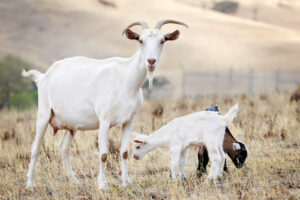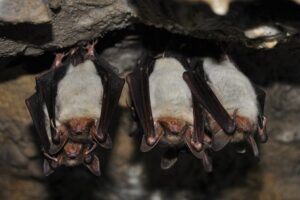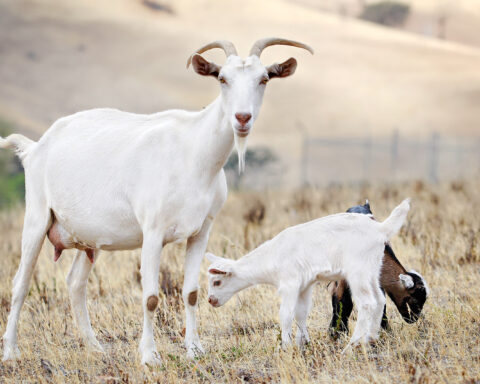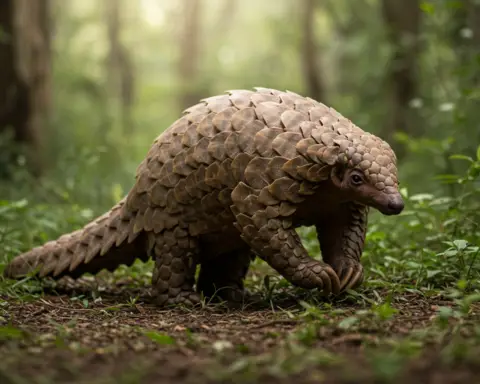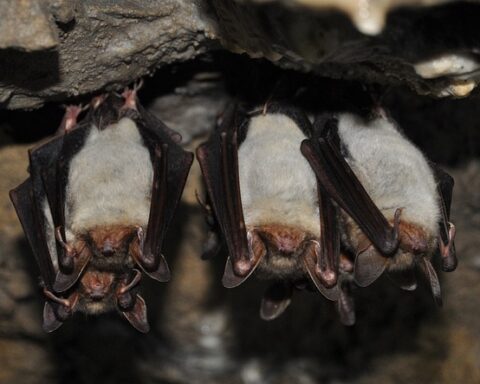Typically, the length of a blue whale is about 24 to 27 meters (78.75 to 88.5 feet). However, it can be as long as 30 meters. In size, the female blue whales are about 10 meters longer than the males. The length of its flippers is 8 feet (2.4 meters) while the width of its flukes is 25 feet (7.6 meters). The size of the largest known blue whale is 33 meters (110 feet).
The blue whale is the largest animal in the world that has ever lived on this planet. In size, it is bigger than even the largest-known dinosaurs. Its head is so long that it is about one-fourth the size of its entire body. A blue whale is about the size of a 737 aircraft. It is so huge that even if 25 elephants are lined up in order, the blue whale is still going to be bigger than all of them combined. A human can even crawl through the arteries of this whale.
This whale has the highest spout that can go as high as 30 feet (9.1 meters). They are also the loudest animals on this planet. The intensity of the sound call of this whale is 188 decibels. Now let’s put it in perspective: a jet engine has a sound intensity of almost 140 decibels.
How Big is a Blue Whale compared to a Human?
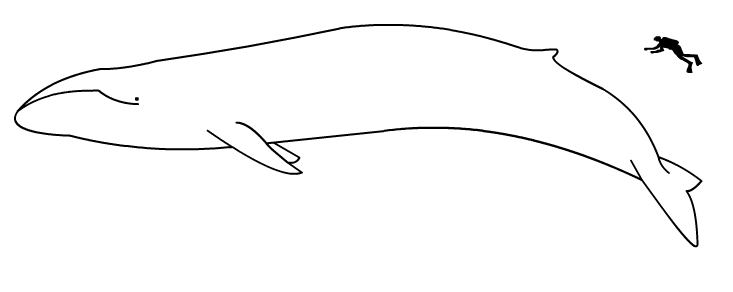
How Big is a Blue Whale compared to a Bus?
It takes about three school buses to line up, so as to reach the size of a blue whale.
How Big is a Baby Blue Whale?
In size, the calf of a blue whale is the largest among all animal babies on this planet. A baby blue whale is as long as 8 meters (26 feet) in length. Besides, it has the fastest growth rate in the world.
How Big is the Heart of a Blue Whale?
The heart of a blue whale is about the size of the Volkswagen Beetle. It pumps about 10 tons of blood and its beat can be heard from up to 2 miles away.
Sources:
“Blue Whale Description”. Whale and Dolphin Conservation Society (WDCS)
“Blue Whale”. WWF Global
“Blue Whale”. The Marine Mammal Center

